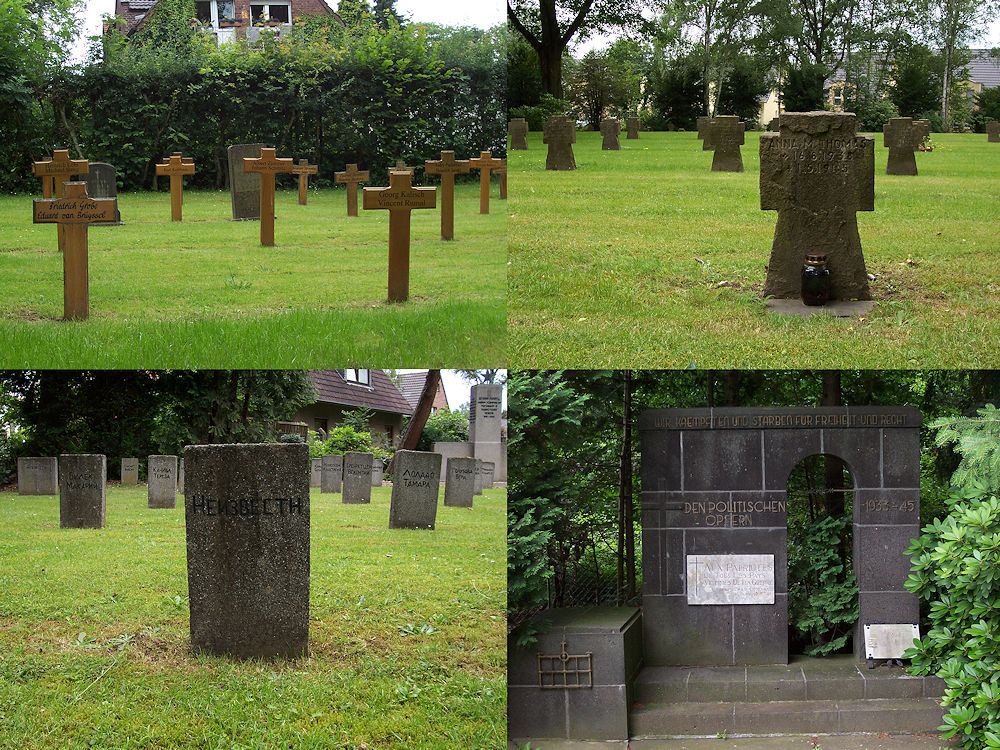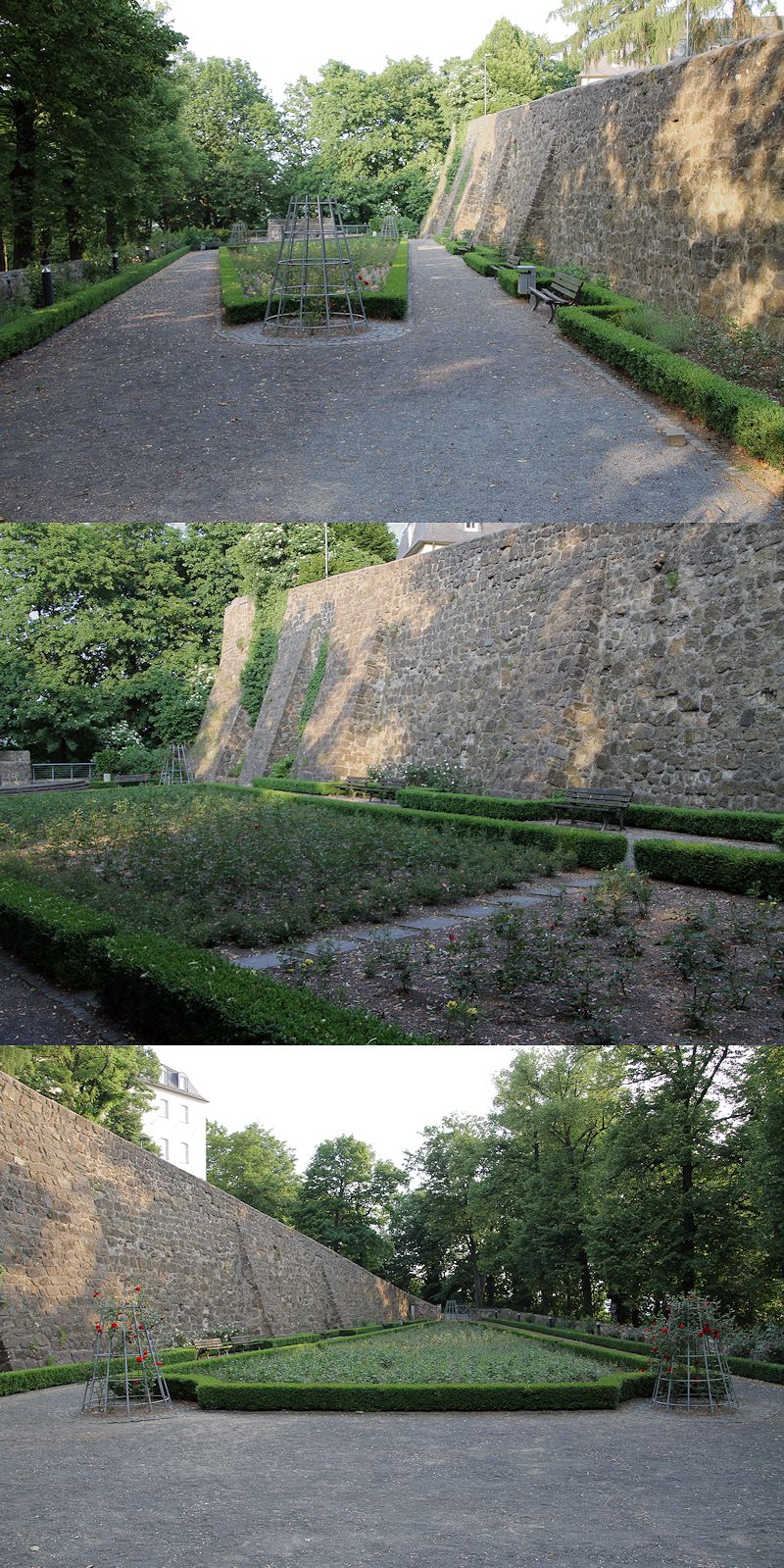Hello Again Christoph and Mary,
What my Dad wrote was "I have moved to a large hospital where there are some American wounded ...."
The lady who was so kind to help me here in the USA found this out: The Sister who lived on Michaelsberg during the War and survived is Edltrud Koch. She tried to contact her through the convent Benediktinnerinnen Steinfeld (not the one in Siegburg.) She wrote that unfortunately, other testimonials in the convent are no longer alive.
My Dad said Nuns were living there, and he implied up above, when he was there. He went with some Germans from the Hospital to a Red Cross facility to get packages. He told the Germans there had to be a Red Cross and they should have been sending things there. Dad was furious at the Red Cross (or whomever was working there). They went in a wood burning wagon/vehicle. They loaded it up and when they returned to the Hospital he made sure the packages were split fairly with everyone including the Nuns and the Comandant etc.
That lady who was so gracious to help me said she "found an association of the friends and
>> patrons of Michaelsberg (that the mountain where the abbey is situated)
>> and I wrote to them (till without response). Browsing through the web, I
>> found two books about the story of the Michaelsberg but I guess it is
>> not the focus on WW II but one definetly is about the religious life and
>> do not know that the other is about, it says 900 years of history. I
>> will try to get into touch with the authors, hoping they are still alive."
We were never able to find out anything else. But wanted you to know the above.
I have to believe, with the way the German's keep records, that the WW2 story exists. (I did geneaological research here and over there for years and the records were fabulous.) I wish the Comandant of the Hospital or his 2 daughters were alive!
Mary if we can narrow down the dates your Dad was at the Siegburg Hospital that would be great! I figure around March 3rd to the 7th? of 1945 from his diary but that may not make sense if he was there for a month after that and still had time to be in another Camp?
As my Dad would say as he tried to find his War records and information about his time overseas, "I was not a tourist, keeping track of places and dates."
I am off to go take care of Mom,
Jean J
Your Dad appears to have been captured during the Battle of the Bulge. Dad, like the others, did not know the name of the Battle, but he writes that the conditions must be awful on the front lines and more and more were coming in.






